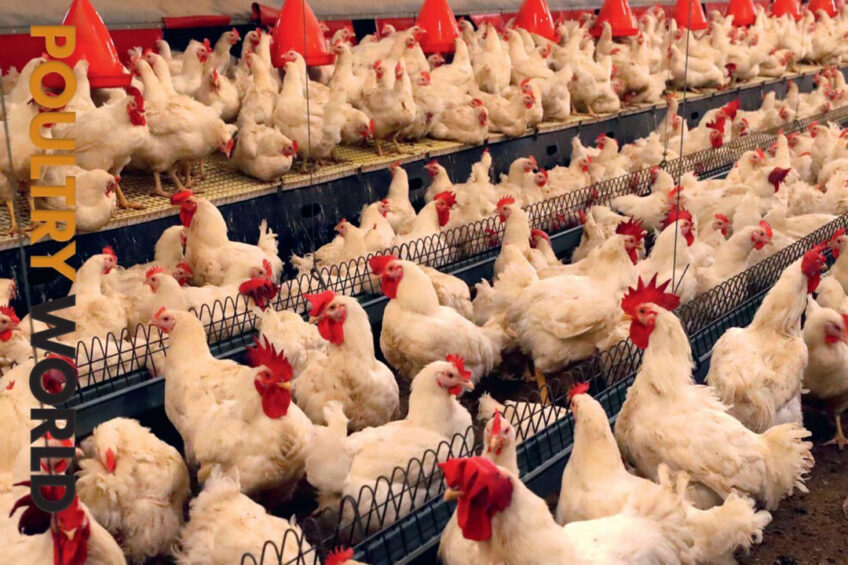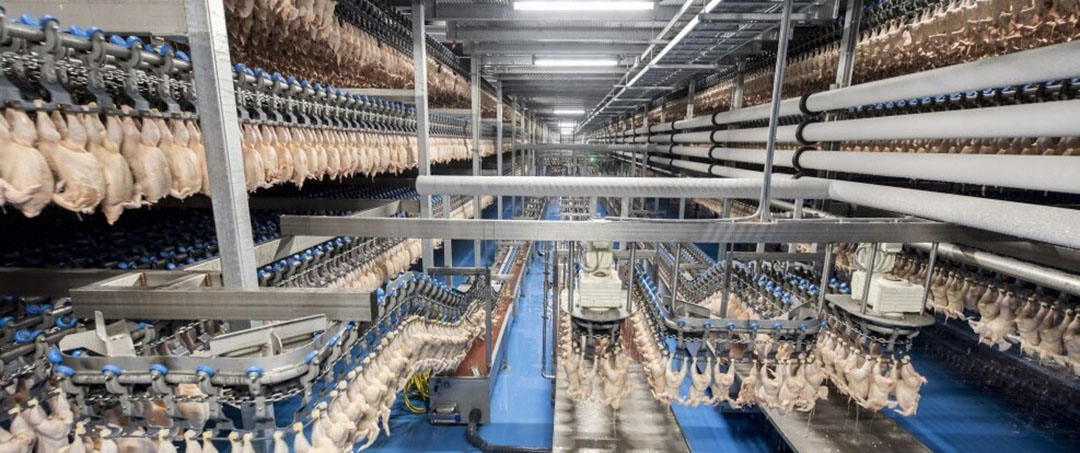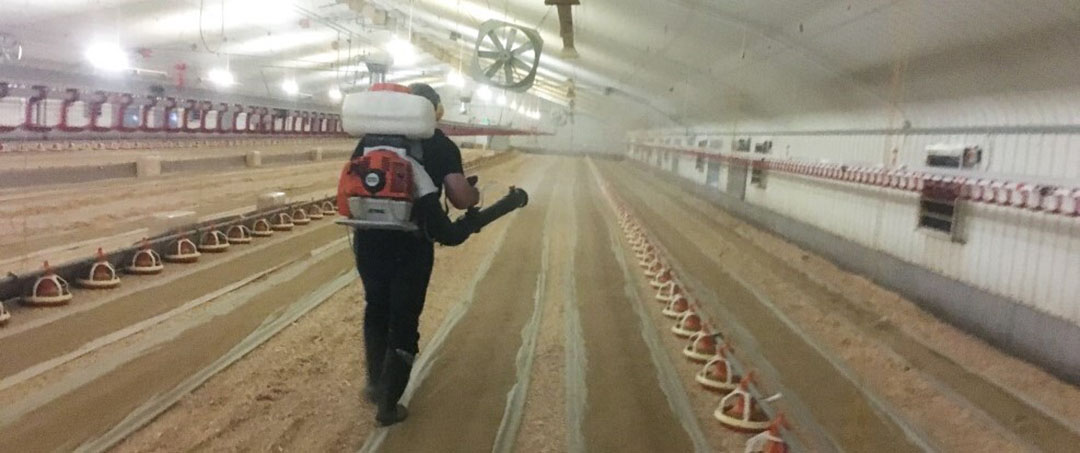Poultry World edition 6 of 2022 is now online

This 6th edition of Poultry World features an interview with the president and chairman of Hendrix Genetics’ supervisory board, Thijs Hendrix, who talks about sustainable breeding. We take a detailed look at the avian influenza outbreak in the US, consider how to optimise coccidiosis management, and zoom in on vitamin E and zinc. This and much more.
Interview with Thijs Hendrix: Funding consolidation and growth
Continued investments will enable Hendrix Genetics to continue investing across its breeding programmes, enhance its technology and data capabilities, grow its global customer base and expand into new markets. Poultry World editor, Fabian Brockötter, spoke to Thijs Hendrix, the president and chairman of Hendrix Genetics’ supervisory board, to find out more.
Poultry outlook is bullish based on strong demand
According to Rabobank’s global poultry report, demand for poultry in the second half of the year is expected to remain strong, particularly in light of pressure on spending power, seen globally, and a steady rise in food prices, consumers are likely to move to the lowest-priced meat protein, which is poultry. But, challenges remain for producers as they face ongoing higher feed and energy prices.

Analyzing the 2022 US avian influenza outbreak
Between February and June this year, the US experienced another severe wave of outbreaks of avian influenza. A total of 186 cases were documented, resulting in the loss of 40.1 million birds in commercial herds.
How to optimise your coccidiosis management
Coccidia is found anywhere that poultry is raised, costing the global poultry sector up to almost US$16 billion. Coccidiosis tends to become insensitive to treatments, and thus careful attention and management are required.
Positive biofilms to guide surface microbial ecology
A scientific review details the envisioned modes of action of positive biofilms used on livestock building surfaces and the resulting criteria for the selection of the appropriate microorganisms for this specific application. What are the pros and cons of such a biosecurity approach, and what is its influence along the food chain, from farm-to-fork?

Vitamin E level and zinc source matter
During heat stress conditions, vital antioxidants zinc and vitamin E are critical and help protect the gut and support broiler growth and health. Is a higher dose perhaps better?
French foie gras producers face catastrophe
Following a major outbreak of bird flu – the most widespread in its history – French producers of foie gras are faced with a massive shortage of chicks for the new production cycle.
Mineral source in broiler parent feed affects broiler growth and bone development
Most poultry feeds use inorganic minerals, but it is also possible to use organic minerals in which the minerals are bound to an amino acid or a protein. This article explores a study in which 120 Ross 308 and 120 Hubbard JA 57 parent animals, along with 12 males per breed, were fed a breeder diet containing minerals (calcium, phosphorus, zinc, manganese, copper, iron and selenium) in either inorganic or organic form.

Nigerian poultry farmers suffer due to high feed costs
Faced with prices of feed ingredients rising by over 168% in the last 3 years, the poultry industry in Nigeria is on the verge of collapse.
Beta testing new National Environmental Sustainability Tool
The beta version of the National Environmental Sustainability Tool, which aims to empower Canadian egg farmers to measure, monitor and manage the environmental footprint of their farms, has been launched by Egg Farmers of Canada. With this tool, egg farmers can better understand key drivers of environmental performance on their farms – energy and water use, and more – while exploring comparisons to farms in their region and across the country.
Welfare, sustainability and environment take centre stage at WPC 2022
Poultry World editor, Fabian Brockötter, reports back from his trip to the World Poultry Congress in Paris, where scientists, researchers and commercial representatives of leading institutions and companies gathered to exchange knowledge and ideas face-to-face.
Consequences of stopping ‘thinning’ in broiler production
EU broiler producers often practise ‘flock thinning; whereby flocks are harvested in 2 steps – about 25% on day 35 at 1.7 kg and the remaining birds on day 42 at 2.5 kg. Ending partial depopulation will reduce profits and demand higher market and retail prices to compensate the farm.
To access the magazine section, where you will find the 6th edition of Poultry World for 2022 as well as other magazines from specialists in the agriculture industry, simply register for free.
 Beheer
Beheer











 WP Admin
WP Admin  Bewerk bericht
Bewerk bericht